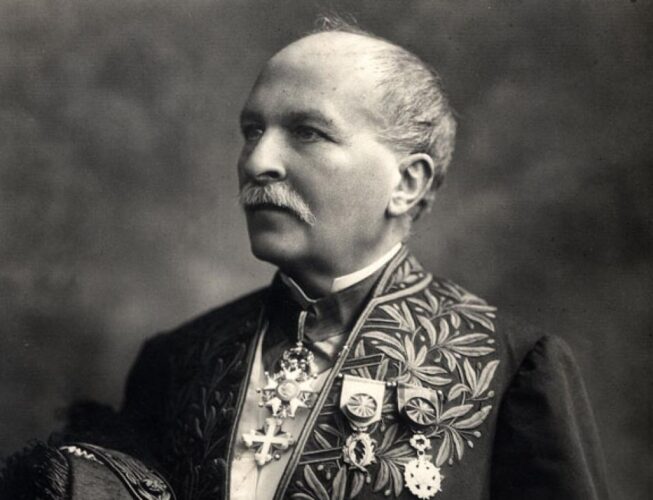Paul Sabatier: The Catalyst for Modern Chemistry

Paul Sabatier (13 August 1912 – 6 February 1991) was an Italian microbiologist. He won the Nobel Prize in Physiology or Medicine in 1969.
Life and Career
Paul Sabatier was born on 5 November 1854, in Carcassonne, France. He pursued his education at the Faculty of Science in Toulouse, where he studied chemistry under the guidance of renowned chemist Henri Moissan. Sabatier’s dedication and enthusiasm for research became evident during his formative years.
Sabatier’s career was marked by groundbreaking research in the field of catalysis. His collaboration with Victor Grignard led to the development of the Sabatier–Grignard reaction, a fundamental process in organic chemistry. This reaction revolutionized the synthesis of hydrocarbons and contributed significantly to the understanding of chemical reactions involving metal catalysts.
Sabatier’s pioneering work extended to the field of catalytic hydrogenation, where he discovered that certain metal catalysts could facilitate the addition of hydrogen to organic compounds. This discovery had profound implications for industrial processes and laid the foundation for the field of heterogeneous catalysis. Paul Sabatier passed away on 14 August 1941 in Toulouse, France.
Award and Legacy
He was awarded the Nobel Prize in Chemistry in 1912 for his development of the catalytic hydrogenation method. This recognition solidified his status as a leading figure in the scientific community and brought attention to the vital role of catalysis in chemical transformations.
Paul Sabatier’s legacy is still evident today, as his work laid the groundwork for various applications in the chemical industry, including the production of pharmaceuticals, plastics, and fuels. His insights into catalysis have continued to inspire generations of chemists and researchers.
Observer Voice is the one stop site for National, International news, Sports, Editor’s Choice, Art/culture contents, Quotes and much more. We also cover historical contents. Historical contents includes World History, Indian History, and what happened today. The website also covers Entertainment across the India and World.

